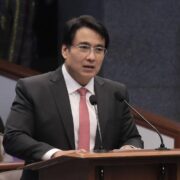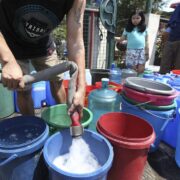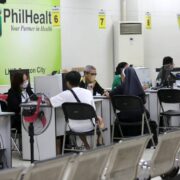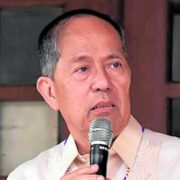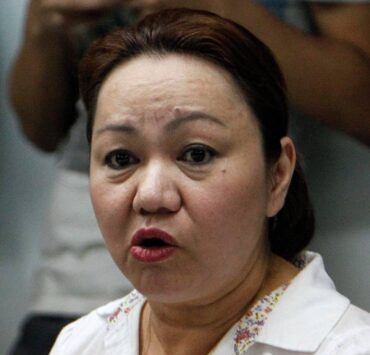Billions of pesos spent for SHS vouchers ‘wasted’
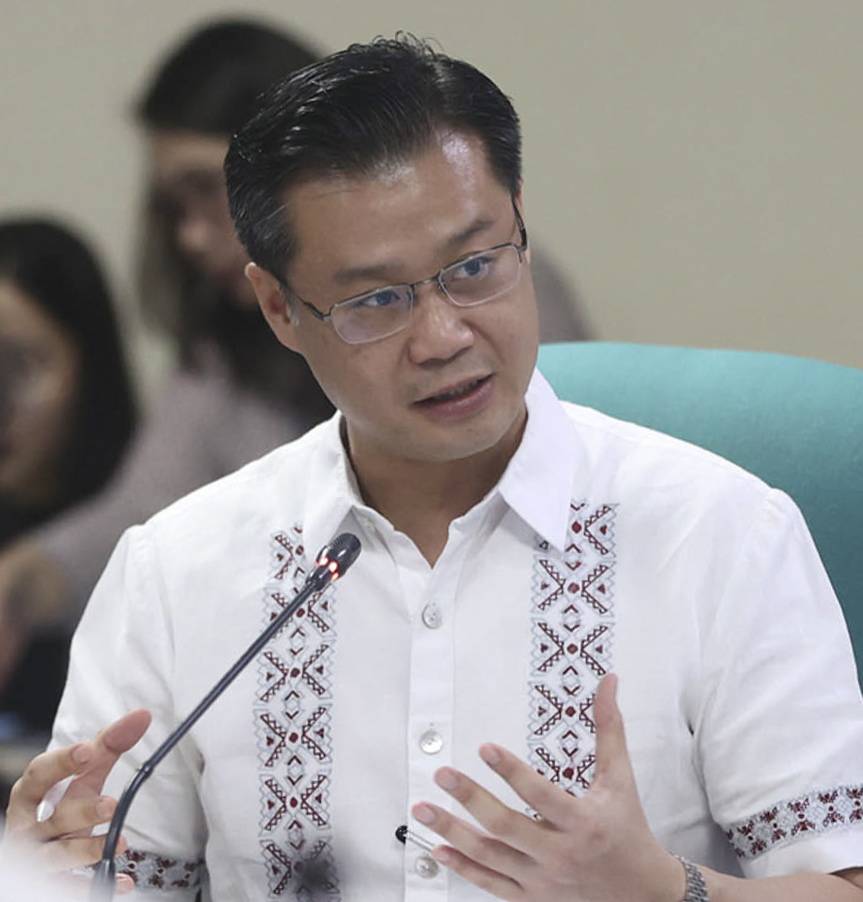
Billions of pesos allocated by the government for its senior high school voucher program (SHS-VP) have gone to nonpoor beneficiaries, a trend described by a senator as a “wastage and leakage.”
Citing estimates by his office, Sen. Sherwin Gatchalian said on Sunday that in School Year (SY) 2021-2022, the majority—P7.21 billion or 53 percent—of the P13.69-billion allocation for the SHS-VP went to students who were not considered poor.
In SY 2019-2020, P7.30 billion or 39 percent of the P18.76 billion earmarked for the financial assistance program also went to nonpoor learners, added the senator who chairs the Senate committee on basic education.
“For me, it’s wastage and leakage. We need to correct this immediately,” Gatchalian said in a statement.
He also cited data from the Annual Poverty Indicators surveys in 2020 and 2021 which showed that for SY 2021-2022, 70 percent of the program’s beneficiaries were from nonpoor households compared to 64 percent in SY 2019-2020.
The senator said he plans to raise the issue during the next budget hearings “to make sure that every centavo allocated [by] the government goes to our poor learners and efficient projects and programs.”
“For me, based on the data that we have seen, it shows that we’re not being efficient,” he noted.
Program objectives
Introduced by the Department of Education (DepEd) in 2015, the SHS-VP aims to increase access to senior high school education, especially among the marginalized, by providing qualified beneficiaries subsidies in the form of vouchers.
Its other objective is to address the overcrowding in public schools as beneficiaries can use the subsidy to pay for their tuition in participating private schools, and local and state universities and colleges (LUCs and SUCs).
Students who finished Grade 10 in public schools, LUCs and SUCs are automatically qualified for the program. Those who completed Grade 10 in private schools who are Education Service Contracting (ESC) grantees are also eligible.
Private school students who are not ESC grantees can avail themselves of the vouchers, following an assessment of their socioeconomic status. Those who qualify will receive 80 percent of the voucher’s value.
Depending on the student’s location, the value of the voucher ranges from P14,000 to P22,500.
Similar trend
During the previous Senate hearing on the implementation of Republic Act No. 8545 or the Expanded Government Assistance to Students and Teachers in Private Education (E-GASTPE) Act, Gatchalian observed a similar trend in the implementation of the ESC program, a component of E-GASTPE.
“For School Year 2020-2021, 68 percent of ESC recipients were from nonpoor households. This caused a leakage of up to P8.6 billion,” he said.
In response, lawyer Tara Rama, Director III of the DepEd’s Government Assistance and Subsidies Office, assured the committee that E-GASTPE’s guidelines would be revised to address issues, including the nonprioritization of underprivileged learners.
The trend was also observed by the Commission on Audit which noted in its 2018 performance audit report that DepEd was granting subsidies even to students from families which were not considered impoverished. The finding prompted a recommendation from state auditors for the department to prioritize underprivileged learners.
Gatchalian had earlier observed that the problem of overcrowding in public schools persisted as DepEd failed to create an efficient policy in carrying out the SHS-VP.
As a result, more than 542,000 senior high school students nationwide remain without regular classrooms.
According to Gatchalian, there should be an “effective targeting mechanism” in place to ensure that only poor students would benefit from it.
“For me, it’s a waste that we don’t solve the problem of [public school] congestion because we are randomly giving the vouchers to students,” he said.
The lawmaker also questioned earlier the alleged existence of more than 19,000 “ghost students” under the SHS-VP, which he branded as another leakage plaguing the program.
“Aside from the nonpoor, aside from the nondecongestion, we’re now talking about another leakage—which is ghost students…. if you add all of those it’s close to 19,000 undocumented students,” he said. —WITH A REPORT FROM INQUIRER RESEARCH INQ






